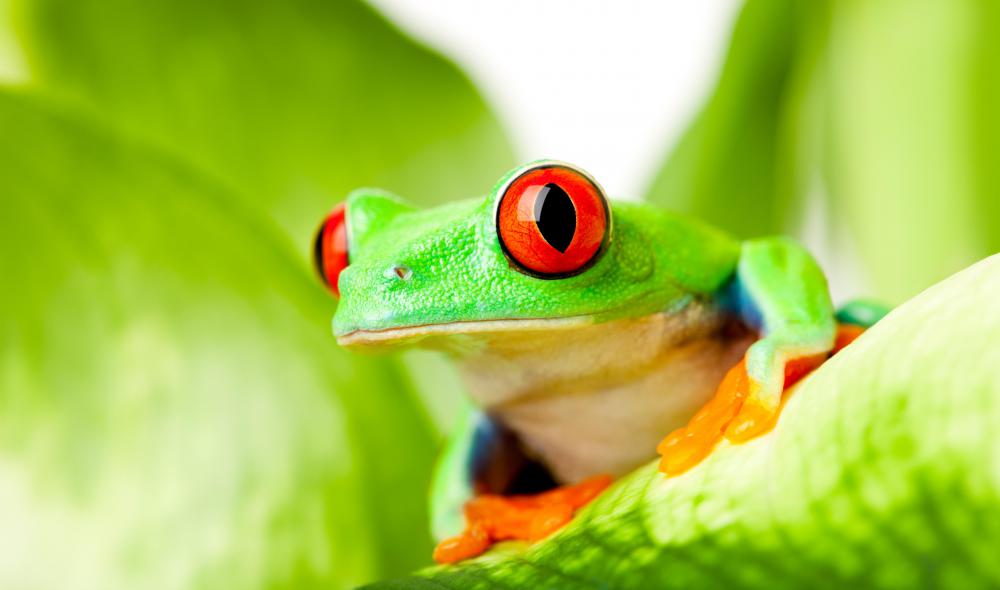At WiseGEEK, we're committed to delivering accurate, trustworthy information. Our expert-authored content is rigorously fact-checked and sourced from credible authorities. Discover how we uphold the highest standards in providing you with reliable knowledge.
What Is Joshua Tree National Park?
Joshua Tree National Park is a unit of the US National Park Service. Located in Southern California, it is classified as a "desert park." It is home to more than 800 species of plants as well as numerous animals. Fees are charged for admittance and for camping.
Interest in protecting the park began in the early 1930s, and Joshua Tree National Park became a national monument in 1936. The park is about 800,000 square miles (1,287,475 square kilometers) and includes 88 historic structures and 501 archaeological sites. It houses several museum collections, including exhibits from Pinto Culture, American Indian culture and pottery, gold rush artifacts, botany and more.

Wildlife is a major attraction at Joshua Tree National Park. Birdwatchers have reported sightings of more than 250 species of birds within the park, including golden eagles and roadrunners. Tree frogs, toads, tortoises, lizards and snakes also live within the park, along with bats, sheep, squirrels and foxes. Tarantulas and scorpions are plentiful as well, and the park reports that about 75 species of butterfly live there.

Plant life includes the Joshua tree, or Yucca brevifolia, for which the park was named. Part of the agave family, this flowering plant was important to past cultures who used the leaves for weaving shoes and baskets. Other plants found in Joshua Tree National Park include cacti, bushes and trees, and many species of wildflower bloom between late February and early June.
In addition, five of North America's 158 desert fan palm oases are found in Joshua Tree National Park. Such palms can grow to more than 75 feet (about 22.86 meters) tall. When they grow together in stands, they form shady oases.

Visitors can explore park roads by vehicle or choose from 12 self-guided nature walks. Mountain biking, hiking and rock climbing are also popular. Several guided tours are available, including tours on horseback. Night sky programs are hosted periodically at several locations throughout the park as well.
Nine campgrounds are available at Joshua Tree National Park. None of these offer recreational vehicle hookups, such as electricity or sewage. Water is available at some campgrounds, but none have showers. Picnic tables and fire grates are provided in most areas. Campers may also backpack and camp throughout the park, but are strongly encouraged to follow safety precautions at all times.
The park management reminds visitors to always carry water, even on short visits. Firearms and weapons are not allowed, and visitors are not permitted to enter abandoned mining works. A leash law is strictly enforced for pets as well.
AS FEATURED ON:
AS FEATURED ON:















Discuss this Article
Post your comments